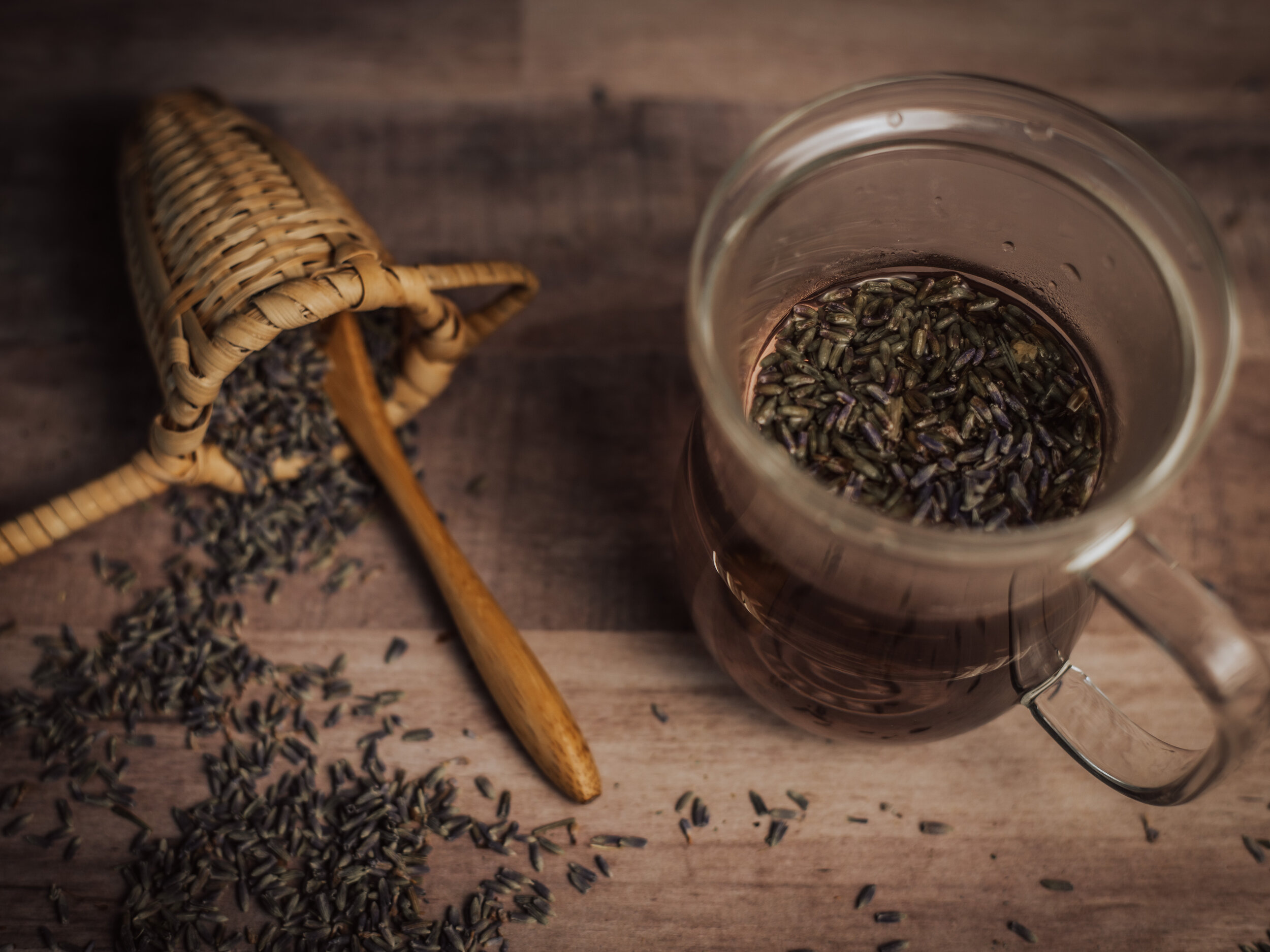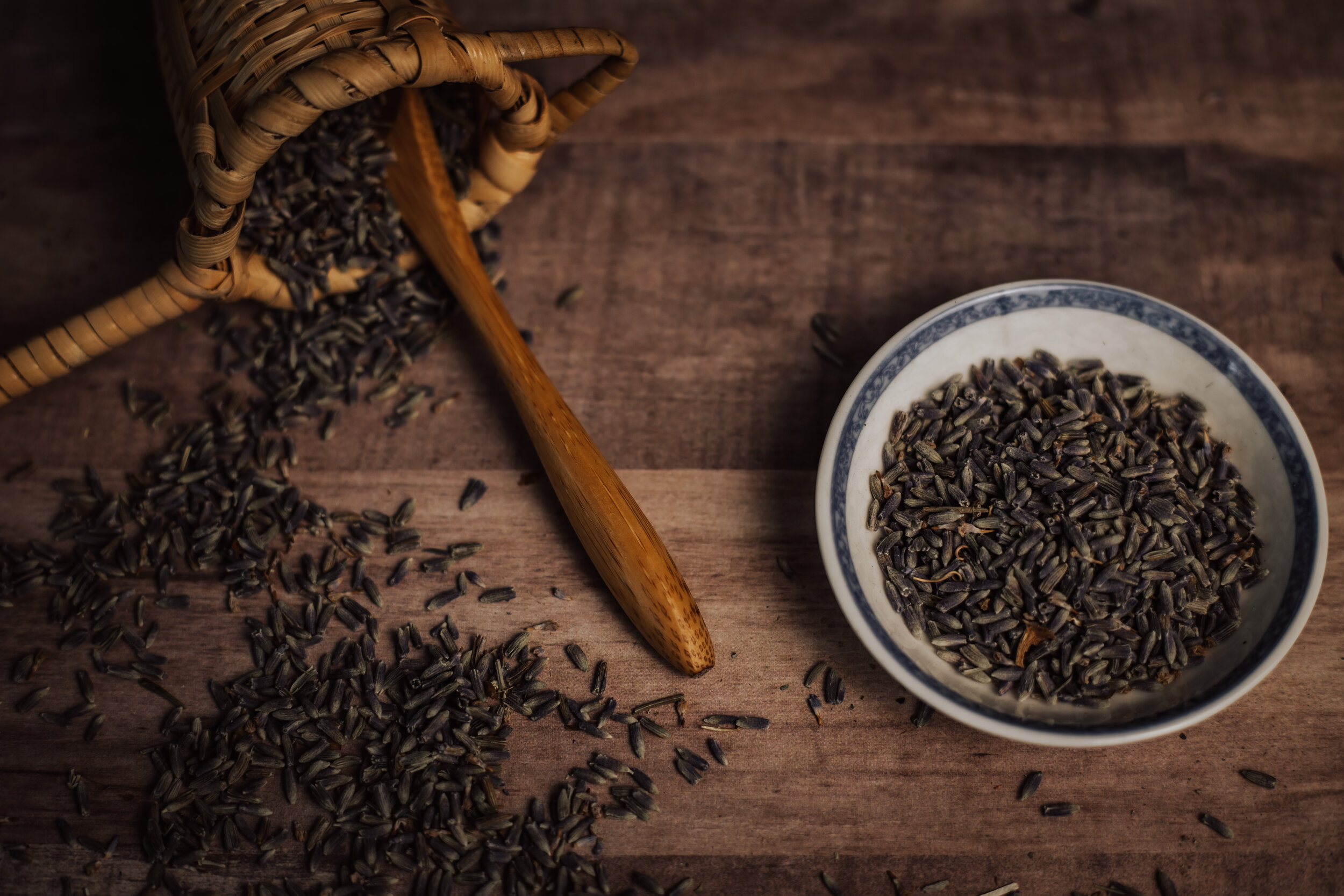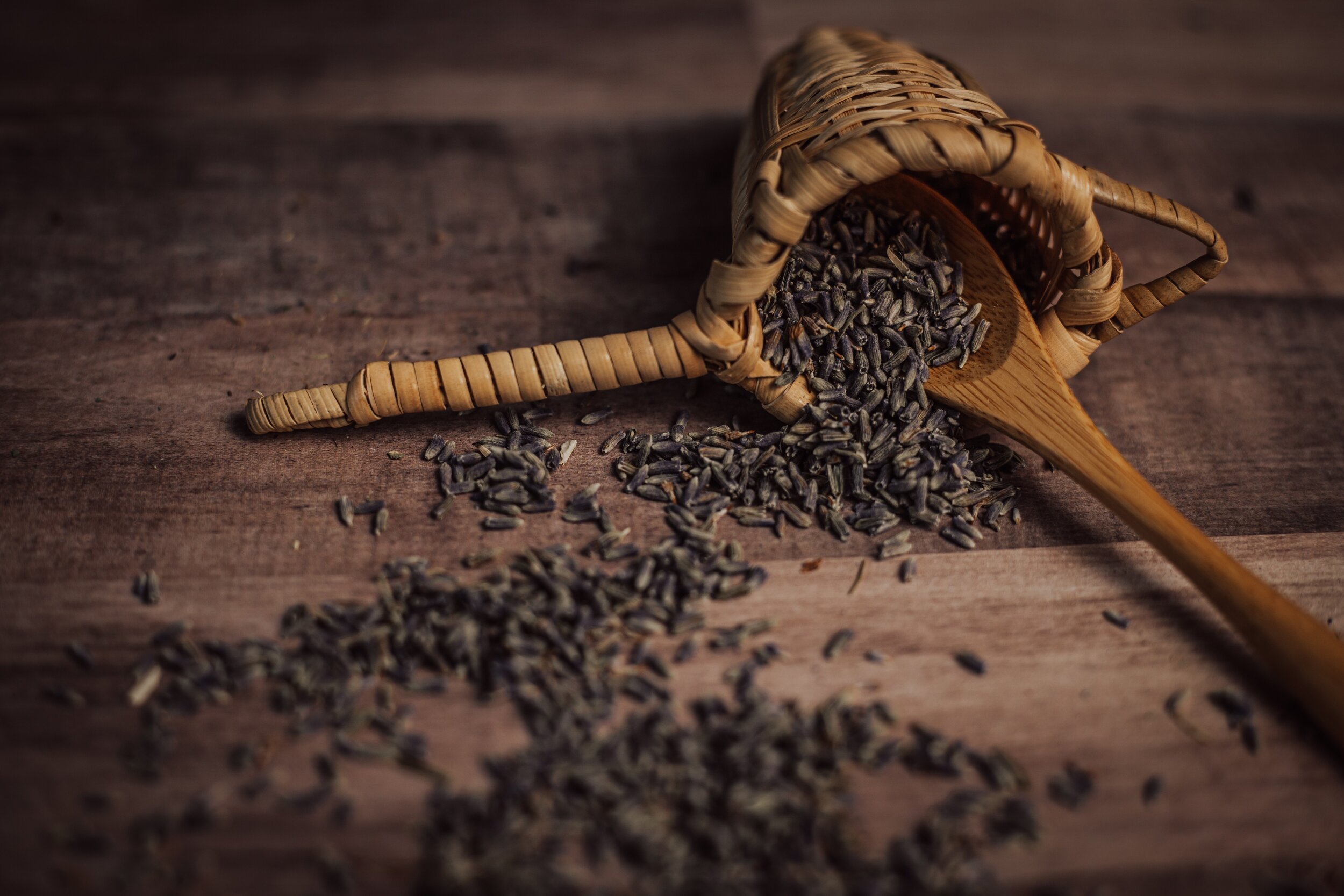Organic Spearmint
Origin: USA
Type: Mentha Spicata
Temp: 212 F / 100 C
Steeping Time: 3 - 4 minutes
Measure: 1 teaspoon per cup
Taste: Minty, gum flavor, smooth, balanced mint flavor.
Benefits: Spearmint has been valued for centuries as a digestive aid. May help with easing indigestion, gas pains, nausea, vomiting, colds, and many other issues. Spearmint has been found to contain many nutrients, such as vitamins A, C, B complex, and many minerals.
2 ounces = 15-20 cups of tea
Buy a pound (16 oz), get 10% off
Origin: USA
Type: Mentha Spicata
Temp: 212 F / 100 C
Steeping Time: 3 - 4 minutes
Measure: 1 teaspoon per cup
Taste: Minty, gum flavor, smooth, balanced mint flavor.
Benefits: Spearmint has been valued for centuries as a digestive aid. May help with easing indigestion, gas pains, nausea, vomiting, colds, and many other issues. Spearmint has been found to contain many nutrients, such as vitamins A, C, B complex, and many minerals.
2 ounces = 15-20 cups of tea
Buy a pound (16 oz), get 10% off
Origin: USA
Type: Mentha Spicata
Temp: 212 F / 100 C
Steeping Time: 3 - 4 minutes
Measure: 1 teaspoon per cup
Taste: Minty, gum flavor, smooth, balanced mint flavor.
Benefits: Spearmint has been valued for centuries as a digestive aid. May help with easing indigestion, gas pains, nausea, vomiting, colds, and many other issues. Spearmint has been found to contain many nutrients, such as vitamins A, C, B complex, and many minerals.
2 ounces = 15-20 cups of tea
Buy a pound (16 oz), get 10% off
The genus name, Mentha, is derived from Minthe. In Greek mythology, Minthe was a nymph taken by Pluto as a lover. Filled with jealousy, Pluto’s wife Persephone turned Minthe into a mint plant. The species name spicata is Latin for “like a spire.” This references the terminal spikes of the flowers. Spearmint has been valued since ancient times and is native to the Mediterranean. The Romans brought it to what is now England. Spearmint is mentioned all over medieval herb lists and in the ninth century, many convent gardens featured the herb. Numerous prominent medieval writers mention spearmint, including Chaucer, and many medieval writings praise spearmint as a powerful digestive aid.
Spearmint grows up to three feet high and has tall, erect stems without branches, with many smooth, bright green leaves with unevenly toothed edges. The oils in the spearmint leaves make a valuable medicinal herb but are considered milder than peppermint. Because of this, it is considered to have a better culinary use than peppermint. Spearmint is the perfect balance of healthy mint properties with a smooth, balanced deliciousness.


















